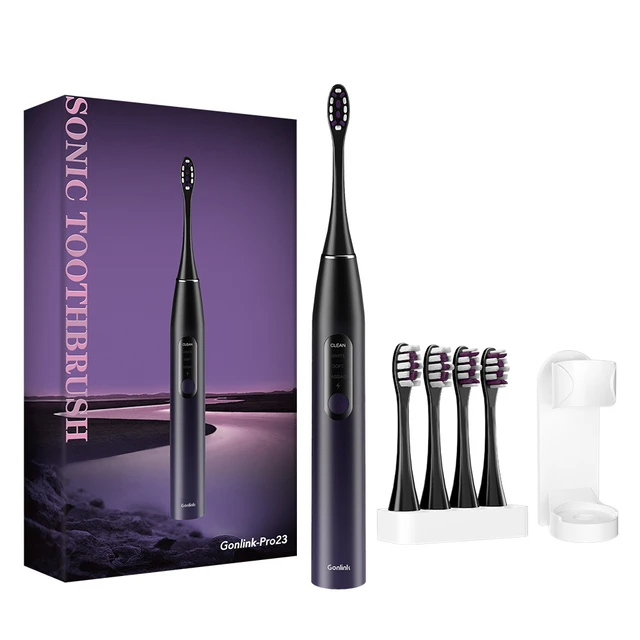Introduction:
Using a sonic toothbrush can significantly enhance your oral hygiene routine, thanks to its advanced technology and ability to remove more plaque than manual brushing. However, to fully benefit from a sonic toothbrush, it’s essential to use it correctly. This comprehensive guide will cover everything you need to know, from the initial setup to best practices for effective brushing.
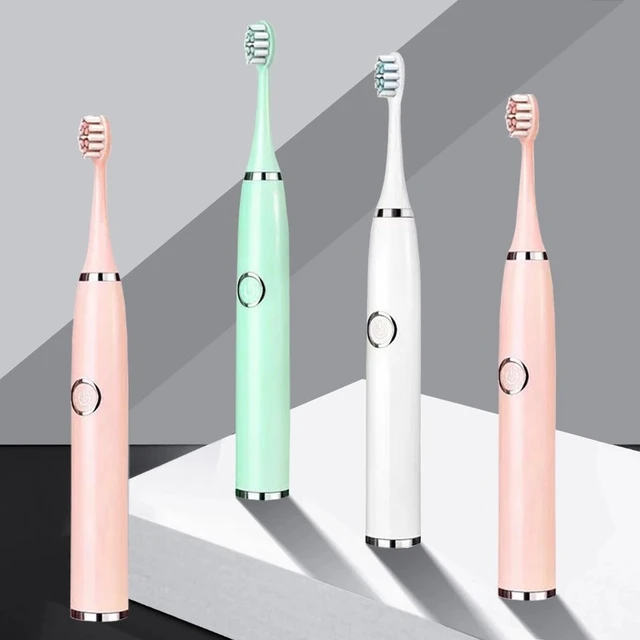
How to Use a Sonic Toothbrush:
Maximizing Oral Hygiene Efficiency
Understanding Sonic Toothbrush Technology:
What Makes It Different from Other Toothbrushes?
A sonic toothbrush uses advanced technology to provide a superior cleaning experience compared to manual or electric toothbrushes.
High-Frequency Vibrations:
Sonic Speed: Sonic toothbrushes operate at a high frequency, usually between 30,000 to 40,000 strokes per minute. This rapid motion creates gentle, yet effective, vibrations that dislodge plaque and bacteria from the teeth and gums.
Fluid Dynamics: The high-speed vibrations create fluid dynamics, which means they generate tiny bubbles and a dynamic flow of saliva, water, and toothpaste. This action helps to reach areas between teeth and along the gumline that traditional brushing might miss.
Better Plaque Removal:
Efficiency: Numerous studies have shown that sonic toothbrushes are more effective at removing plaque than manual brushes. This efficiency helps to reduce the risk of cavities, gum disease, and other oral health issues.
Gentle on Gums: Despite their vigorous action, sonic toothbrushes are designed to be gentle on the gums. The sonic vibrations provide a deep clean without aggressive scrubbing, which helps to prevent gum recession and damage.
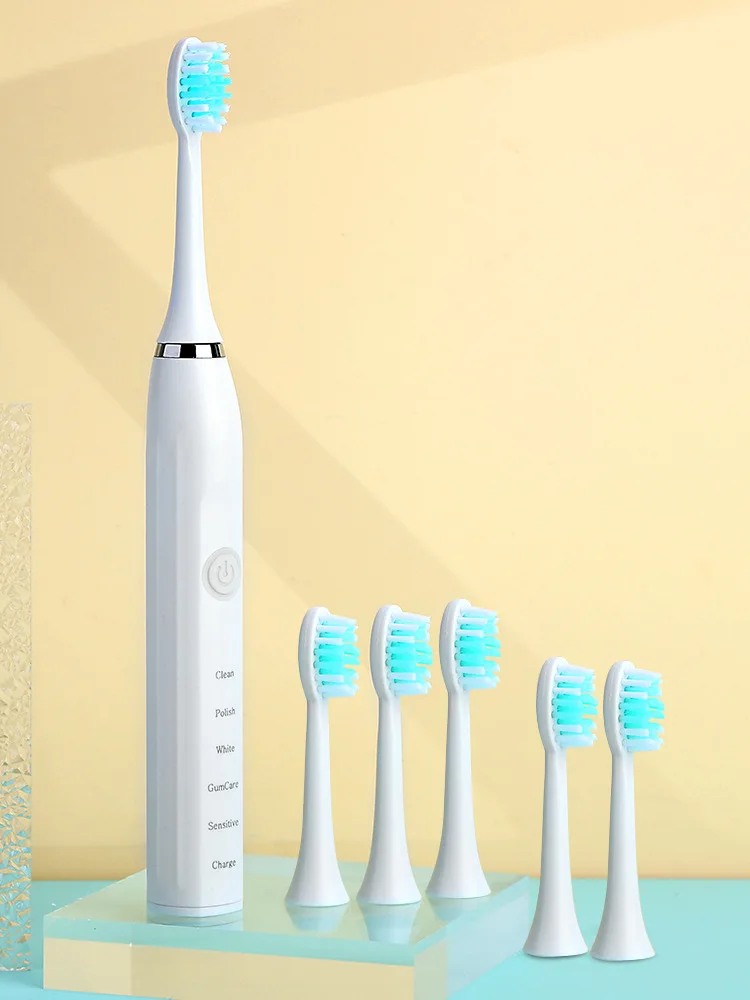
Initial Setup:
How to Prepare Your Sonic Toothbrush for Use?
Proper setup is crucial to ensure that your sonic toothbrush functions correctly and lasts for a long time.
Charging the Toothbrush:
Initial Charge: Before using your sonic toothbrush for the first time, it’s essential to fully charge it. Most models come with a charging base. Place the toothbrush on the charger and leave it for the recommended duration, usually 12 to 24 hours, to ensure a full charge.
Regular Charging: Keep the toothbrush on the charging base when not in use to ensure it’s always ready. Depending on the model, a fully charged sonic toothbrush can last between one to three weeks.
Attaching the Brush Head:
Secure Fit: Ensure the brush head is securely attached to the toothbrush handle. Line up the bristles and push the head onto the handle until it clicks into place. A secure fit ensures that the vibrations transfer effectively from the handle to the bristles.
Replace Regularly: Replace the brush head every three months, or sooner if the bristles become worn. Worn bristles are less effective at cleaning and may cause gum irritation.
Proper Brushing Technique:
How to Use a Sonic Toothbrush Correctly?
To maximize the benefits of your sonic toothbrush, follow these best practices for effective brushing.
Applying Toothpaste:
Pea-Sized Amount: Apply a pea-sized amount of fluoride toothpaste to the bristles. Using too much toothpaste can cause excessive foaming, making it difficult to see where you’re brushing.
Spreading Evenly: Spread the toothpaste evenly across the bristles to ensure even distribution during brushing.
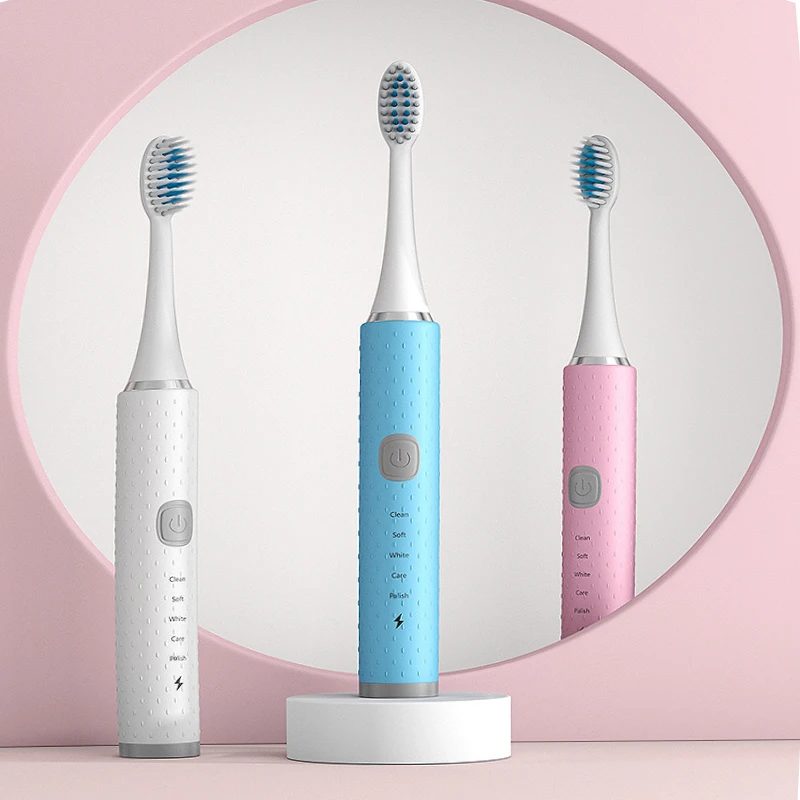
Brushing Routine:
Divide Your Mouth: Divide your mouth into four quadrants: upper right, upper left, lower right, and lower left. Spend 30 seconds on each quadrant, ensuring you brush all surfaces—outer, inner, and chewing surfaces of the teeth.
Proper Angle: Hold the toothbrush at a 45-degree angle to your gums. This position allows the bristles to reach under the gumline, where plaque tends to accumulate.
Guided Motion: Gently guide the toothbrush along your teeth and gums, letting the vibrations do the work. Avoid scrubbing or pressing too hard, as this can reduce the brush’s effectiveness and potentially damage your gums.
Reach All Areas: Make sure to brush the front, back, and top surfaces of each tooth. Pay extra attention to the back molars and areas along the gumline that are prone to plaque buildup.
Timer and Pressure Sensor:
Built-In Timer: Many sonic toothbrushes come with a built-in 2-minute timer, divided into 30-second intervals. This feature ensures you spend the recommended time brushing each quadrant of your mouth.
Pressure Sensor: Some models have a pressure sensor that alerts you if you’re pressing too hard. Gentle pressure is sufficient for effective cleaning, and the sensor helps protect your gums from aggressive brushing.
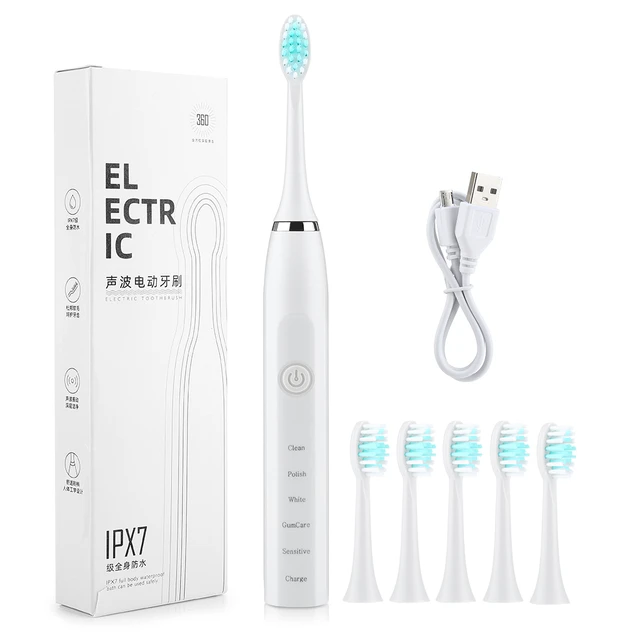
Post-Brushing Care:
How to Maintain Your Sonic Toothbrush?
Proper maintenance of your sonic toothbrush ensures its longevity and optimal performance.
Thorough Cleaning:
Rinse Brush Head: After each use, remove the brush head and rinse it thoroughly under running water. This removes debris and toothpaste residue that can accumulate between the bristles.
Clean Handle: Wipe down the handle with a damp cloth to remove any toothpaste or water residue. Avoid submerging the handle in water, as it contains electronic components that can be damaged.
Disinfecting:
Weekly Soak: Once a week, soak the brush head in an antibacterial mouthwash for a few minutes to disinfect it. Rinse thoroughly with water before reattaching it to the handle.
UV Sanitizers: Consider using a UV sanitizer designed for toothbrushes. These devices use ultraviolet light to kill bacteria and viruses on the brush head, ensuring a hygienic brushing experience.
Storage:
Air Dry: Store your toothbrush in an upright position to allow it to air dry completely between uses. A well-ventilated environment helps prevent the growth of bacteria and mold.
Travel Cases: Use a travel case to protect the brush head when traveling. Clean and dry the case regularly to maintain hygiene.
Oral Hygiene Practices:
What Additional Steps Should You Take for Optimal Oral Health?
Using a sonic toothbrush is just one part of a comprehensive oral hygiene routine. Incorporate additional practices to ensure optimal dental health.

Flossing:
Daily Routine: Floss at least once a day to remove plaque and food particles from between your teeth and along the gumline. Flossing complements the cleaning action of the sonic toothbrush and helps prevent cavities and gum disease.
Proper Technique: Use about 18 inches of floss, winding most of it around your fingers and leaving a few inches to work with. Gently slide the floss between your teeth and curve it around each tooth in a C shape, moving it up and down to remove debris.
Mouthwash:
Antimicrobial Rinse: Use an antimicrobial mouthwash to kill bacteria and freshen your breath. Swish the mouthwash for 30 seconds to a minute, then spit it out. Avoid eating or drinking for 30 minutes afterward to allow the ingredients to work effectively.
Fluoride Rinse: Consider using a fluoride rinse to strengthen your teeth and protect against cavities. Follow the instructions on the product label for best results.
Regular Dental Check-Ups:
Biannual Visits: Schedule regular dental check-ups and cleanings every six months. Professional cleanings remove tartar buildup that brushing and flossing can’t reach, and dental exams help detect issues early.
Monitoring Oral Health: During dental visits, ask your dentist to review your brushing technique and provide personalized advice for improving your oral hygiene routine.
Health Safety:
What Are the Best Practices During Illness?
Taking additional precautions during illness can help prevent the spread of infectious agents and protect your oral health.
Replace Brush Head:
Post-Illness Replacement: Replace your brush head after recovering from an illness to ensure any residual pathogens are not reintroduced to your mouth.
Disinfection: During illness, soak the brush head in an antibacterial mouthwash or use a UV sanitizer daily to minimize the risk of spreading germs.
Avoid Sharing:
Personal Use: Never share your sonic toothbrush or brush heads with others, including family members. Sharing can significantly increase the risk of spreading infections.
Labeling: Label each toothbrush and its components to prevent accidental sharing, especially in households with multiple individuals.
Expert Advice: What Do Dental Professionals Recommend for Using a Sonic Toothbrush?
Dental professionals offer valuable insights and tips for effectively using a sonic toothbrush.
Conclusion
Using a sonic toothbrush can significantly improve your oral hygiene routine by providing superior plaque removal and overall dental care. Proper setup, effective brushing techniques, and regular maintenance are crucial for maximizing the benefits of your sonic toothbrush. Incorporating additional oral hygiene practices, following expert advice, and learning from user experiences can further enhance your brushing experience and ensure optimal oral health. By adhering to these best practices, you can enjoy a cleaner, healthier mouth and a brighter smile.

